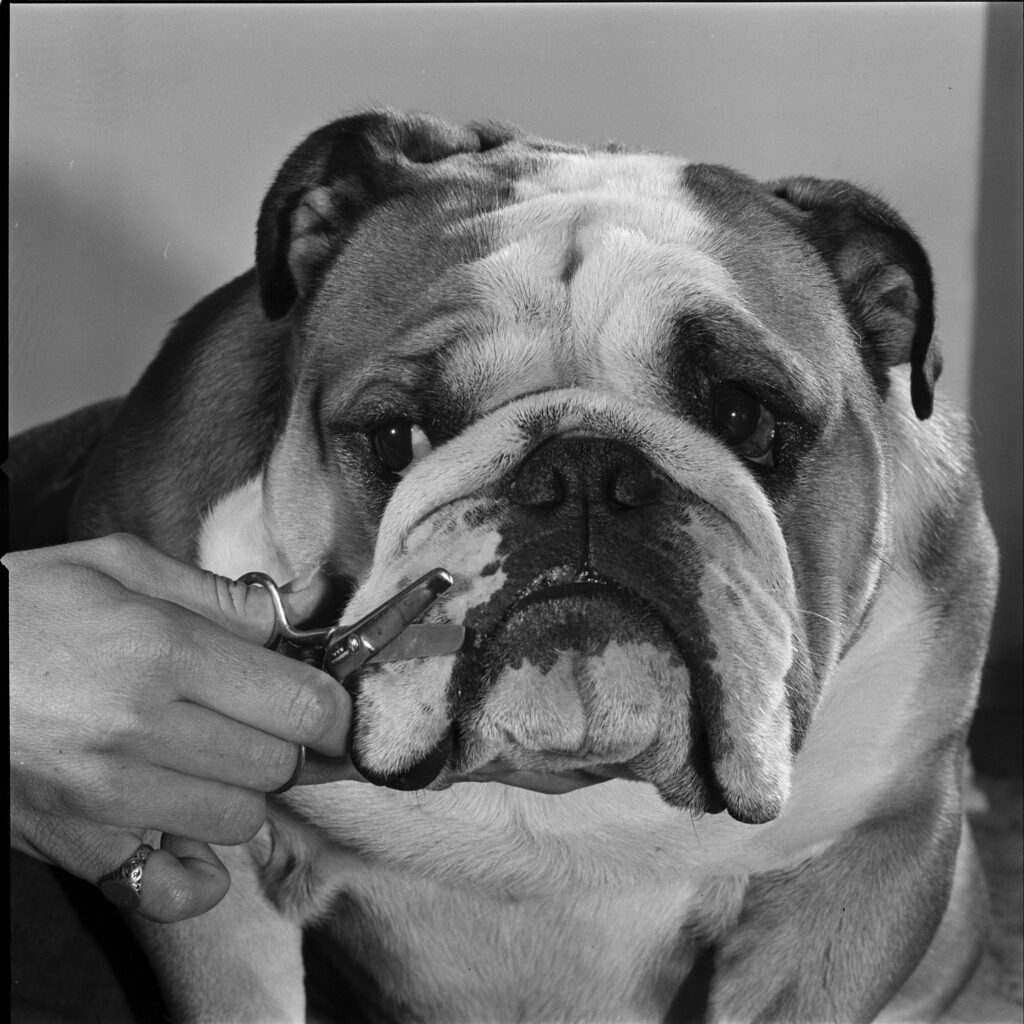The Jackson Hole valley today is a major hub of tourism in the American West: skiers in the winter, national park-goers in the summer and mountain lovers all year round. But long before the word “resort” became associated with the peaceful Wyoming locale its primary tourism draw was its dude ranches. Back then, its cowboy bars served actual cowboys, its main street was paved with dirt and its vast expanses were more populated with bison than with people. In 1948, LIFE photographer Alfred Eisenstaedt captured the region’s quiet, dramatic beauty in vivid Technicolor, preserving it on film for posterity.
Liz Ronk edited this gallery for LIFE.com. Follow her on Twitter @lizabethronk.

Jackson Hole 1948
Alfred Eisenstaedt The LIFE Picture Collection/Shutterstock

Jackson Hole 1948
Alfred Eisenstaedt The LIFE Picture Collection/Shutterstock

Jackson Hole 1948
Alfred Eisenstaedt The LIFE Picture Collection/Shutterstock

Young cowgirl Esther Allen trout fishing in String Lake. Teton Mountains behind.
Alfred Eisenstaedt The LIFE Picture Collection/Shutterstock

Jackson Hole 1948
Alfred Eisenstaedt The LIFE Picture Collection/Shutterstock

Jackson Hole, Wyoming, 1948.
Alfred Eisenstaedt/The LIFE Picture Collection © Meredith Corporation

Guests sitting around fireplace and listening to live music at Bearpaw Dude Ranch. Jack Huyler, the son of the owner, is playing guitar. Jackson Hole, Wyoming, 1948.
Alfred Eisenstaedt The LIFE Picture Collection/Shutterstock

Room full of patrons gambling at The Cowboy Bar. Gambling was permitted during tourist season. Jackson Hole, Wyoming, 1948.
Alfred Eisenstaedt The LIFE Picture Collection/Shutterstock

Jackson Hole 1948
Alfred Eisenstaedt The LIFE Picture Collection/Shutterstock

Jackson Hole 1948
Alfred Eisenstaedt The LIFE Picture Collection/Shutterstock

Highway 189 entering Jackson Hole, Wyoming, 1948.
Alfred Eisenstaedt The LIFE Picture Collection/Shutterstock

Jackson Hole 1948
Alfred Eisenstaedt The LIFE Picture Collection/Shutterstock

Jackson Hole 1948
Alfred Eisenstaedt The LIFE Picture Collection/Shutterstock

Jackson Hole 1948
Alfred Eisenstaedt The LIFE Picture Collection/Shutterstock

Jackson Hole 1948
Alfred Eisenstaedt The LIFE Picture Collection/Shutterstock

Jackson Hole 1948
Alfred Eisenstaedt The LIFE Picture Collection/Shutterstock

Jackson Hole 1948
Alfred Eisenstaedt The LIFE Picture Collection/Shutterstock

Jackson Lake and Grand Teton Mountain Range seen from the Ranch owned by Mr. and Mrs. Berol. Jackson Hole, Wyoming, 1948.
Alfred Eisenstaedt The LIFE Picture Collection/Shutterstock

Jackson Hole 1948
Alfred Eisenstaedt The LIFE Picture Collection/Shutterstock

Moose feeding in stream, Jackson Hole, Wyoming, 1948.
Alfred Eisenstaedt The LIFE Picture Collection/Shutterstock

Entering Jackson Hole from the east along the Blackrock Creek with the Grand Tetons in the background. Jackson Hole, Wyoming, 1948.
Alfred Eisenstaedt The LIFE Picture Collection/Shutterstock







































































































